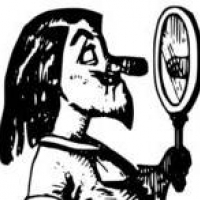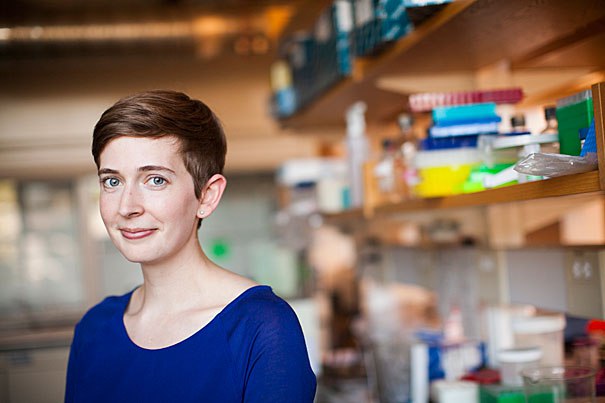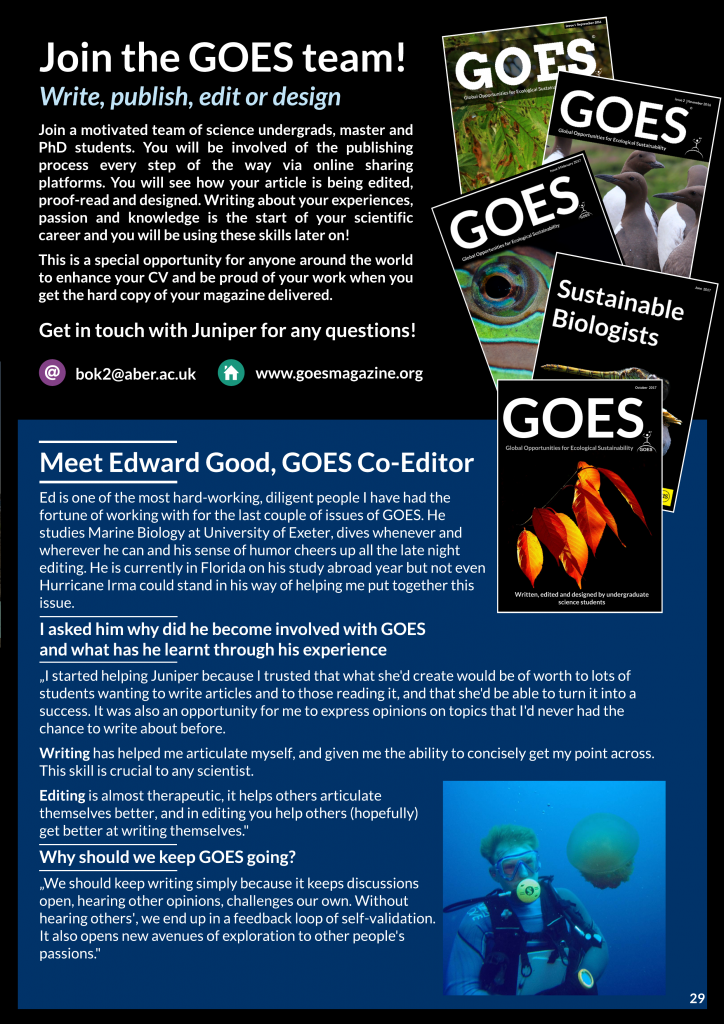
Alternate careers after PhD
Part of the "Self Reflection" series by and for early-career researchers
These chapter of the “Self-reflection Series” was conceived to provide an insight for early-career scientist into options after defending their PhD dissertation, especially because many natural science degrees are (almost)…

Scientists on Twitter: Preaching to the choir or singing from the rooftops?
Science communication is as old as science itself, reaching even best-selling levels with some extraordinary examples such as “On the Origin of Species” by Charles Darwin or “A Brief History of Time: From the Big Bang to Black Holes” by Stephen Hawking. Currently, and thanks to social media,…

Taproot S2E3: Spiraling out of Silence; Speaking up for Science and Scientists with Kevin Folta
0 Comments
/
In this episode, Ivan and Liz talk to Kevin Folta, Professor and Chairman of the Horticultural Sciences Department at the University of Florida. Kevin’s research focuses on the functional genomics of small fruit crops, photomorphogenesis, and plant transformation. In addition to his many impressive…

You Too Can Be On YouTube: Learn How to Create Engaging Science Communication Videos with Molly Edwards
You Too Can Be On YouTube: Learn How to Create Engaging Science Communication Videos with Molly Edwards
Recorded February 2018
About This Webinar:
Join the discussion with Molly Edwards, a graduate student in the Kramer Lab at Harvard University. With funding she received from ASPB’s BLOOME…

Talking about talking about plant science with Professor Daniel Chamovitz
About this Webinar:
Dr. Chamovitz is a sought-after speaker and science commentator. His 2012 book What a Plant Knows has been published in 13 languages, was voted Top 10 in Amazon and is often referred to in discussions on plant senses and intelligence. He has been interviewed in newspapers…

Ten simple rules for drawing scientific comics
PLOS Comp. Biol. No doubt, science communication is a struggle for many scientists and science institutions. There is an increasing need to improve public science understanding and/or engagement. Good science communication is crucial to help recruit next generation scientist, highlight science’s role…

Images for Impact – How-to tips. Created for the Plantae Seminar Series
Earlier this year I gave a Plantae seminar on "Images for Impact" - simple, free tips about how to source and create images to use in your science writing and communicating.
Here is the text of the handout I created to accompany the seminar. You can get this as a PDF here. You can download the…

Empowering science students: GOES magazine
GOES magazine (www.goesmagazine.org) provides the opportunity for science students to get involved in publishing and not only writing articles about their research, experiences and scientific fun facts, but also seeing how editing, proof-reading and designing is done in real time. GOES stands for Global…

"So, why is what you do important?"
Telling others that what we do matters.
Guest post by Alyssa Preiser
Every holiday season, at least one relative may ask you the question "What do you do?". Your response - "I study plants" - is immediately followed by an awkward pause and either an unsure nod, as if they immediately understand…

